Creator Collabs Without the Headache: A 2‑Week Pilot Plan
Run a low‑risk creator test in 14 days so you learn what works before you scale.
Dom O'Brien
10/28/20253 min read


You don’t need a big program to see if creators can move product. Prove it in two weeks with one hero SKU, three creators, a clear brief, and simple measurement. This pilot keeps risk low and learning high.
The Pilot Timeline (day‑by‑day)
Day 1–2 — Pick the lane
Choose the hero SKU + hook. Example: “5‑minute glow kit” or “carry‑on‑proof bottle.” Define success (e.g., 3% click‑to‑order, or 30 sales). Prep a clean landing page with one offer and a short FAQ.
Day 2–3 — Find 3 creators
Criteria: audience‑product fit, recent content quality, engagement quality (saves/comments > likes), and brand safety. Shortlist 6; pitch 3–4. Prioritise folks who already create in your category and who reply quickly.
Day 3–4 — Mini brief + terms
One‑pager: key messages, dos/don’ts, deliverables (1 post + 3 stories), deadlines, usage rights (paid amplification + whitelisting window), and unique UTM/discount code. Include payment terms, revision limits (one round), and approval timing. Pay fairly and on time.
Day 5–7 — Shoot + approve
Feedback once, max. Aim for native, not ad‑y. Encourage hooks in the first 3 seconds. Provide product, a shot list suggestion (optional), and any claims substantiation they’ll reference.
Day 8–10 — Publish + amplify
Creators post. You run spark/whitelist ads behind the best asset with one offer and clean UTM. Keep targeting simple (remarketing + broad lookalike). Swap out low performers quickly.
Day 11–14 — Read + decide
Score content by: saves/shares, CTR, click‑to‑order, CPA/MER. Roll the winner into a second wave; retire the rest. Save learnings and reusable hooks.
How to choose creators (scorecard)
Use a simple 1–5 score for each line and pick the top three:
Audience–product fit: Their followers actually buy/need your category. Past posts show genuine product use, not just hauls.
Performance signals: Recent posts show healthy saves/shares, not just likes; consistent views (not one viral outlier).
Content quality: Clear audio/lighting, tight hooks, on‑screen text or captions. Mobile first.
Brand safety: Language, claims, and past sponsorships align with your policies. No controversy farms.
Responsiveness & reliability: Replies within 24 hours, hits deadlines, clean handover of files and rights.
Rights & rates: Rates are clear; usage rights (duration/channels/whitelisting) are negotiable and documented.
Platform fit: Pick creators on the platform where your buyers hang out (e.g., TikTok for discovery, IG for trust, YT Shorts for search).
Proof of conversion (nice‑to‑have): Prior affiliate or tracked campaigns with real sales, not just reach.
Creator Toolkit
Brief template: goal, audience, hooks, do/don’t, deliverables, deadlines, rights, approvals, contact.
UTM + code sheet: creator name, platform, url, code, payout.
Report: impressions, clicks, CTR, click‑to‑order, sales, CPA/MER; notes.
Red flags to decline
Engagement pods / giveaway loops: Lots of generic “❤️” comments, spikes during giveaway weeks, or follower growth that doesn’t match views.
Mismatched audience or region: Followers from countries you don’t ship to, or audiences way outside your target age/interest.
Fake or volatile metrics: Sudden follower jumps, erratic view patterns, or 100k followers with sub‑1k views on recent videos.
Coupon‑farm behaviour: Multiple brands per week with identical CTAs and codes.
Rights confusion: “You can post this, but not run ads” or no clarity on duration/channels. Get it in writing.
Late/low‑effort content: Missed deadlines, blurry audio, no hook in the first seconds.
Risky claims or non‑compliance: Health/financial claims without proof, missing #ad/#gifted disclosures, or using unlicensed music.
Toxicity or controversy farming: Content that could blow back on your brand.
Legal & compliance essentials
Usage rights (license): Specify where (channels), how long (duration), geos, formats (edits/derivatives), and whether whitelisting/spark ads is allowed. Include creator handle permissions if platforms require it.
Exclusivity (optional): Short windows (e.g., 30–60 days) in your category; avoid broad “no competitors for 12 months” unless you’re paying a premium.
Disclosures: Require #ad/#gifted (or platform Paid Partnership tag) and compliance with local rules (FTC/ASA, etc.).
Claims & substantiation: Provide approved claims and proof; prohibit unapproved efficacy/medical claims.
IP & music: Grant limited brand asset use; require royalty‑free or licensed music only.
Deliverables & revisions: List exact assets, formats, posting dates; cap revisions to one round unless content is inaccurate.
Approvals & timelines: Set clear review windows (e.g., 48 hours) and go‑live dates; include a kill fee or reshoot trigger if specs aren’t met.
Payment terms: Amounts, schedule (50/50 or Net‑14), and invoicing details.
Morals & termination: Right to pull if content breaches policy or law; confidentiality where needed.
Creator collabs work when they feel like a fair trade: great content for them and measurable results for you. Start small, learn fast, and write down what works. Turn your top performers into ongoing partners and retire the rest.
Keep the brief tight, the rights clear, and the scoreboard simple. Do that and you’ll finish this pilot with assets you can scale, a shortlist of creators you trust, and a playbook you can rerun again and again.
Contact Us
© 2025. All rights reserved.
